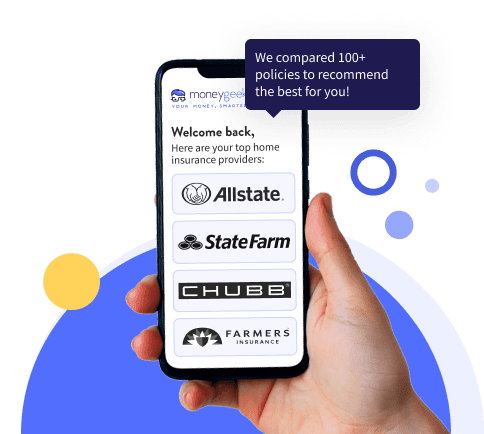Buying homeowners insurance starts with determining how much coverage you need. Explore optional coverages, compare quotes and choose a policy that fits your needs and budget.
Breaking the process into simple steps makes finding the right protection straightforward.


